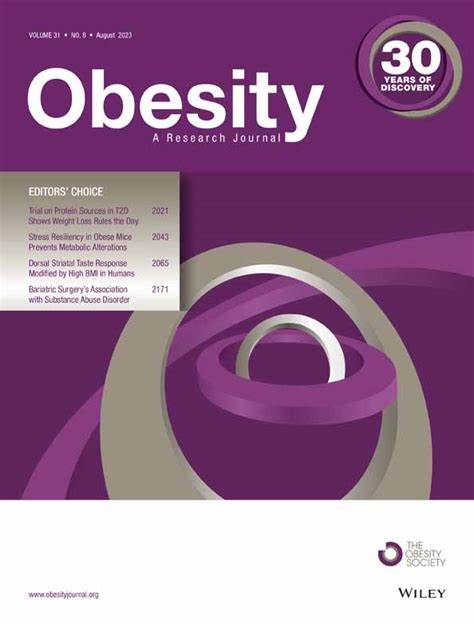Distinct functional connectivity phenotypes in preadolescent children with binge eating disorder by BMI status
Abstract
Objective
The neurobiological mechanisms underpinning binge eating disorder (BED) in children remain largely unclear, as the alterations that have been identified to date may be attributable to BED, obesity, or compound effects. This study aimed to delineate functional connectivity (FC) patterns in inhibitory control and reward networks in preadolescent children with and without BED from the Adolescent Brain Cognitive Development (ABCD) Study according to BMI.
Methods
Resting-state FC was examined in the inhibitory control network by using seeds in the dorsolateral prefrontal cortex, the anterior cingulate cortex, and the posterior cingulate cortex, whereas the reward network included seeds in the orbitofrontal cortex, nucleus accumbens, and amygdala. Seed-to-voxel analyses characterized FC differences between preadolescent children with BED with a high BMI and those with BED with a low BMI.
Results
We identified that BED was characterized by reduced connectivity between the reward network and regions in the default mode network, irrespective of weight status. Participants with BED also presented with hypoconnectivity in fronto-amygdalar circuits, which has been consistently associated with impaired emotion regulation capacity.
Conclusions
Our findings support that FC alterations between the reward network and the default mode network may be specifically impacted by the presence of BED as opposed to weight status.

 求助内容:
求助内容: 应助结果提醒方式:
应助结果提醒方式:


